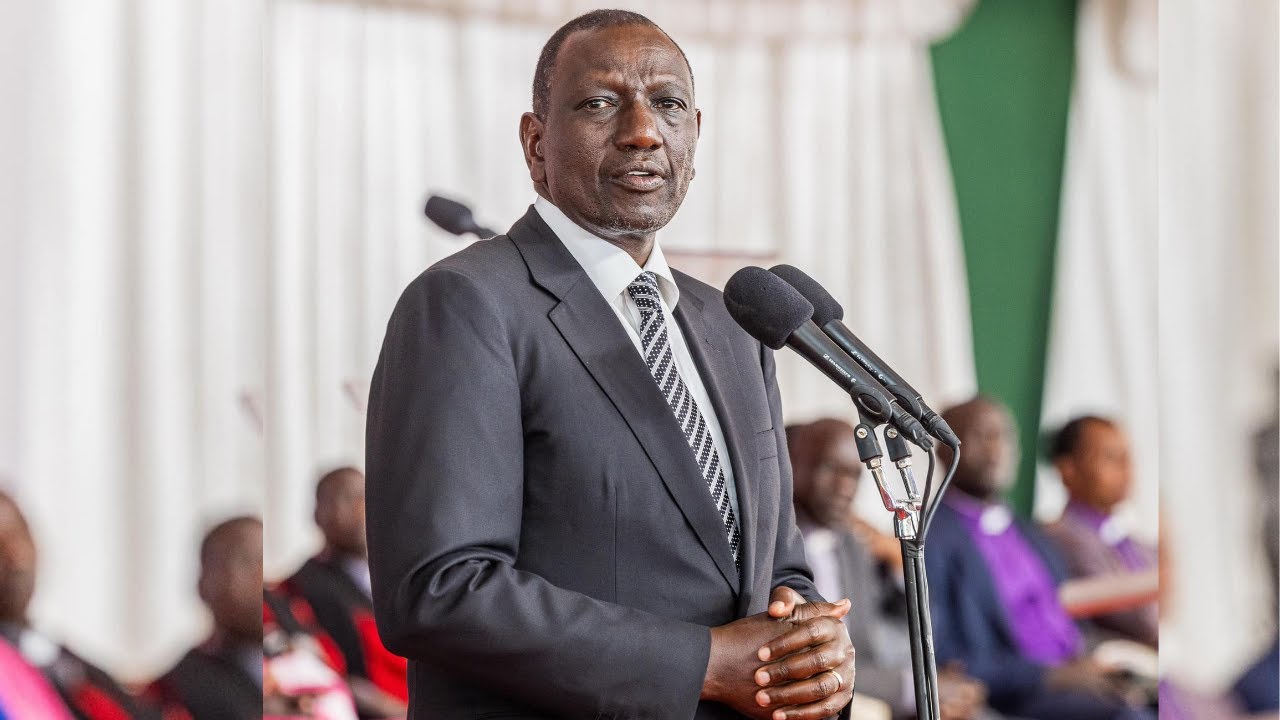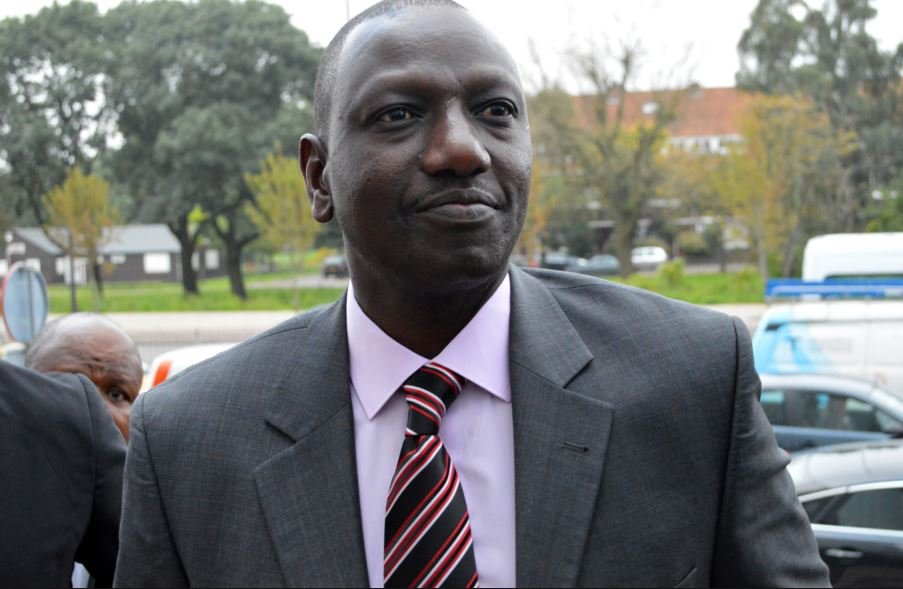What Mogadishu Looked Like Before the Civil War
There will be a very special exhibition held at the Alliance Francaise this coming month in celebration of the re-emergence of one of Africa’s oldest cities… Mogadishu.
Titled ‘MOGADISHU THEN AND NOW: A pictorial tribute to Africa’s most wounded city’ the exhibition will be held at the Alliance Française in Nairobi from 4th to 24th June 2012 and is dedicated to Mogadishu’s children and youth, who have never known lasting peace, and is sponsored by Yildiz Holding, a group of companies based in Turkey.
For the last two decades, Somalia’s capital city Mogadishu has been portrayed as a war-torn no-go zone devoid of any history or culture, much like countless of other represeantations about numerous countries around the continent. However, the city has a long history that dates back to the 10th century when Arab and Persian traders began settling there. Historical documents indicate that the city was a traditional centre for Islam and an important hub for trade with communities along the Indian Ocean coastline for centuries. From the early part of the 20th century to the late 1980s, Mogadishu was known as one of the prettiest and most cosmopolitan cities in Africa.
What you might not have known is that Mogadishu, or Xamar, as it is known locally, literally means “The Seat of the Shah” (from the Arabic Maq’adul Shah). The development of Mogadishu to a modern metropolitan city continued under successive post-independence governments until the advent of the civil war in 1991, which saw various clans and factions fighting for control of the city and for the next two decades, bloody battles were fought on Mogadishu’s wide boulevards and in its historical quarters. Wars destroy cities, and Mogadishu is no exception. Everywhere, there are shells of once magnificent buildings that used to house government offices, museums, cinemas, hotels, mosques, cathedrals and libraries.
Mogadishu Then and Now aims to showcase Somalia’s capital city in all its splendour prior to the civil war in 1991 and it would be interesting to see how this contrasts with some of the devastation and destruction that can be seen in the city today. It will also allow present and future generations of Somalis to learn about their rich heritage so that they can work towards restoring and preserving it. It is hoped that the exhibition will also inform future urban planning and design initiatives, especially now that the international community is renewing and strengthening its efforts to restore peace and stability in Somalia.
Mogadishu Then and Now was conceived by Ms. Rasna Warah, a Kenyan writer and photojournalist, who teamed up with Mohammud Diriye, the former curator of the Mogadishu Museum, and Ismail Osman, a US-based activist and telecommunications engineer, who helped organize and curate the exhibition.
The exhibition will culminate in a book that will be published in English, Somali and Turkish.


